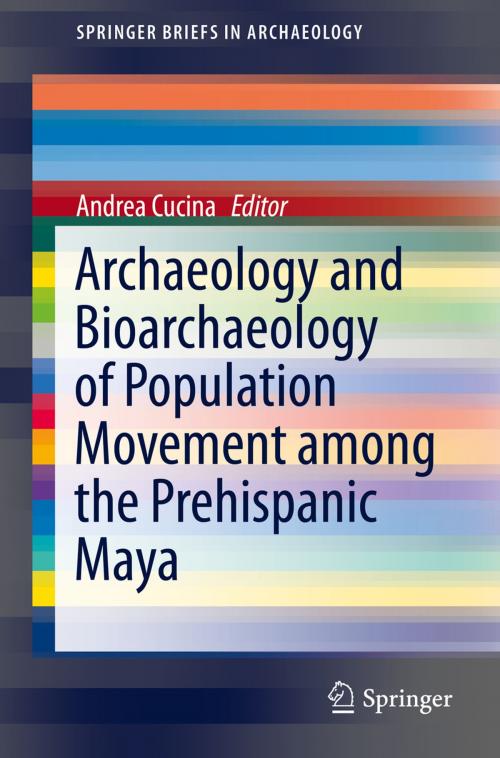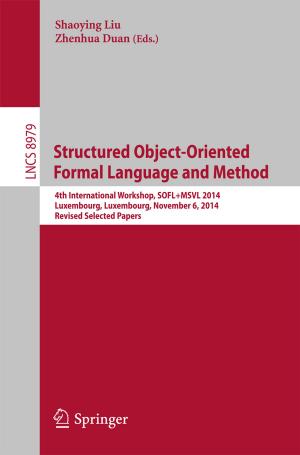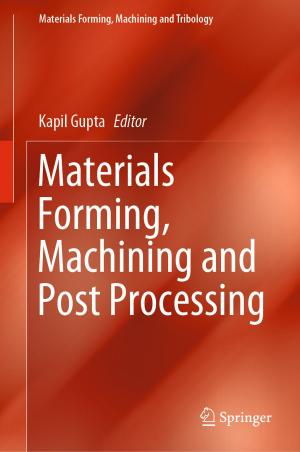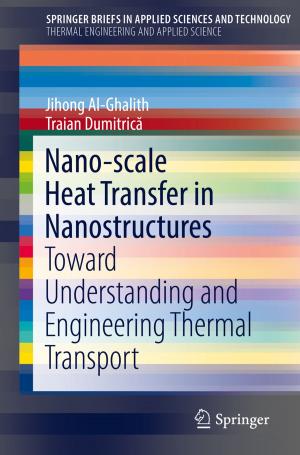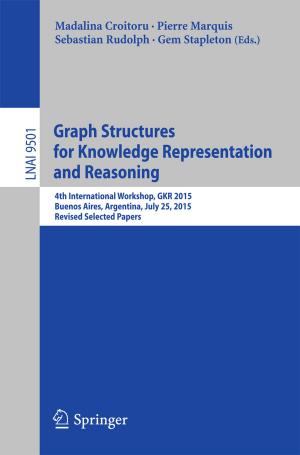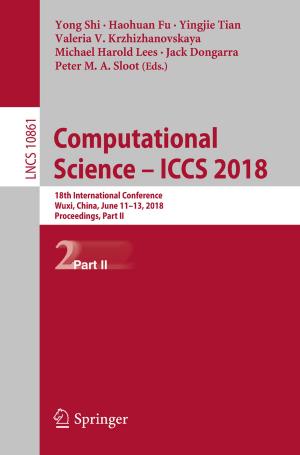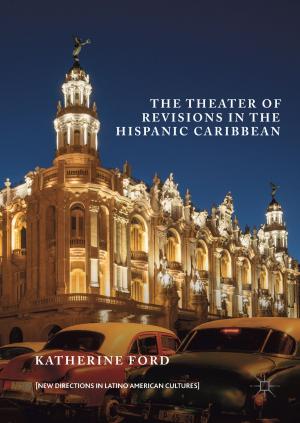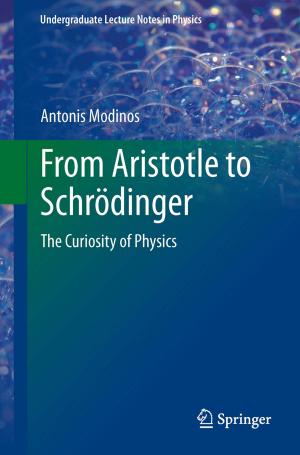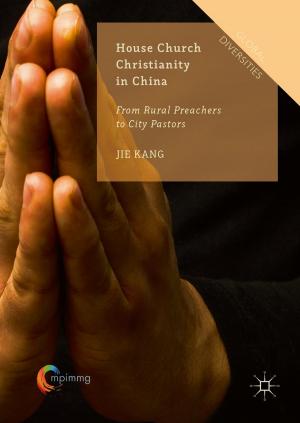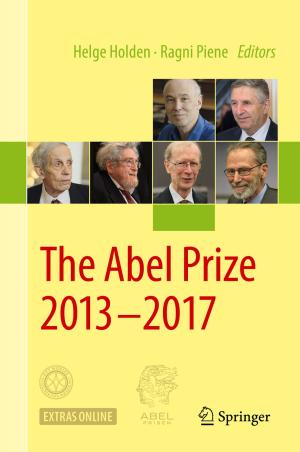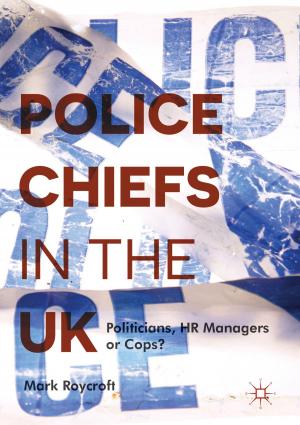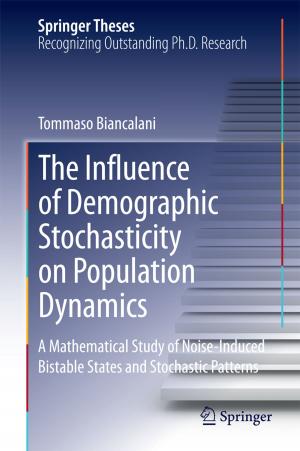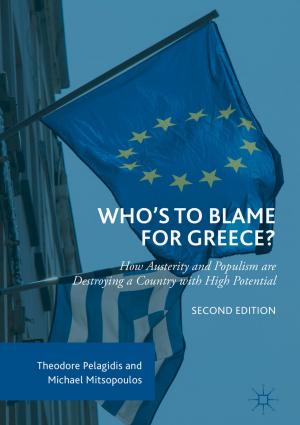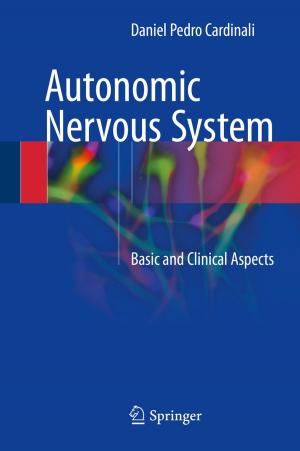Archaeology and Bioarchaeology of Population Movement among the Prehispanic Maya
Nonfiction, Social & Cultural Studies, Social Science, Archaeology, History| Author: | ISBN: | 9783319108582 | |
| Publisher: | Springer International Publishing | Publication: | November 17, 2014 |
| Imprint: | Springer | Language: | English |
| Author: | |
| ISBN: | 9783319108582 |
| Publisher: | Springer International Publishing |
| Publication: | November 17, 2014 |
| Imprint: | Springer |
| Language: | English |
Archaeological evidence - i.e. presence of exogenous, foreign material objects (pottery, obsidian and so on) - is used to make inferences on ancient trade, while population movement can only be assessed when the biological component of an ancient community is analyzed (i.e. the human skeletal remains). But the exchange of goods or the presence of foreign architectural patterns does not necessarily imply genetic admixture between groups, while at the same time humans can migrate for reasons that may not be related only to trading. The Prehispanic Maya were a complex, highly stratified society. During the Classic period, city-states governed over large regions, establishing complex ties of alliance and commerce with the region’s minor centers and their allies, against other city-states within and outside the Maya realm. The fall of the political system during the Classic period (the Maya collapse) led to hypothetical invasions of leading groups from the Gulf of Mexico into the northern Maya lowland at the onset of the Postclassic. However, it is still unclear whether this collapse was already underway when this movement of people started. The whole picture of population dynamics in Maya Prehispanic times, during the Classic and the Postclassic, can slowly emerge only when all the pieces of the puzzle are put together in a holistic and multidisciplinary fashion.
The contributions of this volume bring together contributions from archaeology, archaeometry, paleodemography and bioarchaeology. They provide an initial account of the dynamic qualities behind large–scale ancient population dynamics, and at the same time represent novel multidisciplinary points of departure towards an integrated reconstruction and understanding of Prehispanic population dynamics in the Maya region.
Archaeological evidence - i.e. presence of exogenous, foreign material objects (pottery, obsidian and so on) - is used to make inferences on ancient trade, while population movement can only be assessed when the biological component of an ancient community is analyzed (i.e. the human skeletal remains). But the exchange of goods or the presence of foreign architectural patterns does not necessarily imply genetic admixture between groups, while at the same time humans can migrate for reasons that may not be related only to trading. The Prehispanic Maya were a complex, highly stratified society. During the Classic period, city-states governed over large regions, establishing complex ties of alliance and commerce with the region’s minor centers and their allies, against other city-states within and outside the Maya realm. The fall of the political system during the Classic period (the Maya collapse) led to hypothetical invasions of leading groups from the Gulf of Mexico into the northern Maya lowland at the onset of the Postclassic. However, it is still unclear whether this collapse was already underway when this movement of people started. The whole picture of population dynamics in Maya Prehispanic times, during the Classic and the Postclassic, can slowly emerge only when all the pieces of the puzzle are put together in a holistic and multidisciplinary fashion.
The contributions of this volume bring together contributions from archaeology, archaeometry, paleodemography and bioarchaeology. They provide an initial account of the dynamic qualities behind large–scale ancient population dynamics, and at the same time represent novel multidisciplinary points of departure towards an integrated reconstruction and understanding of Prehispanic population dynamics in the Maya region.
